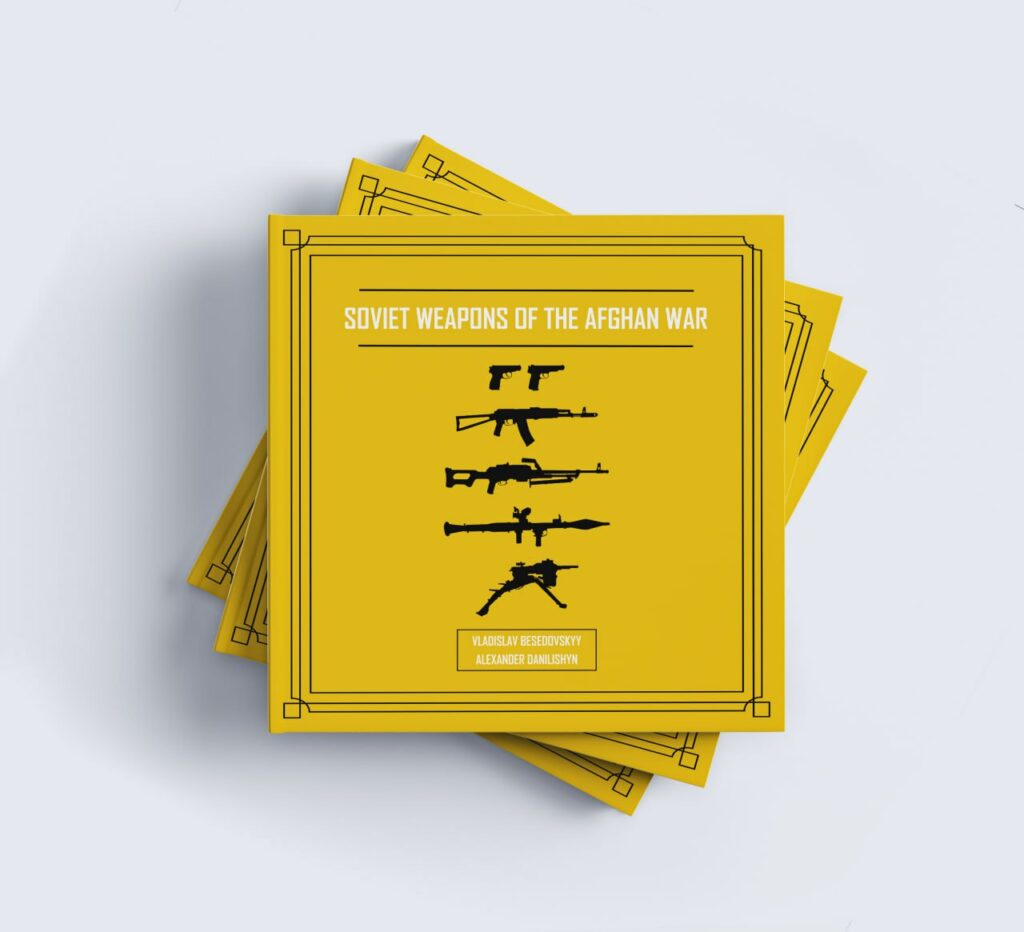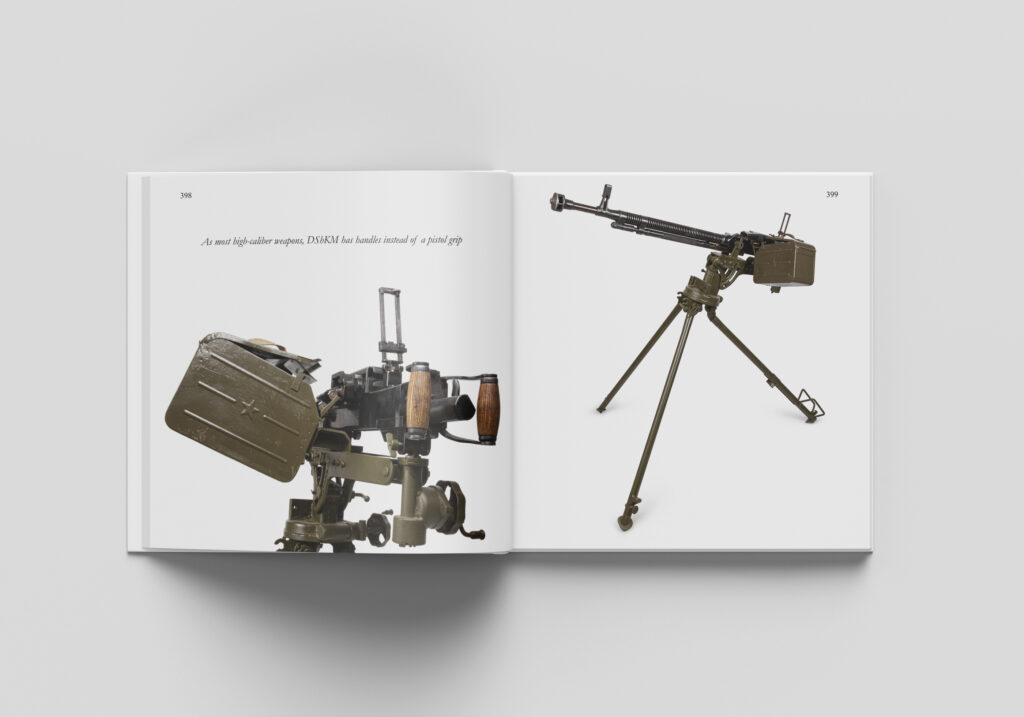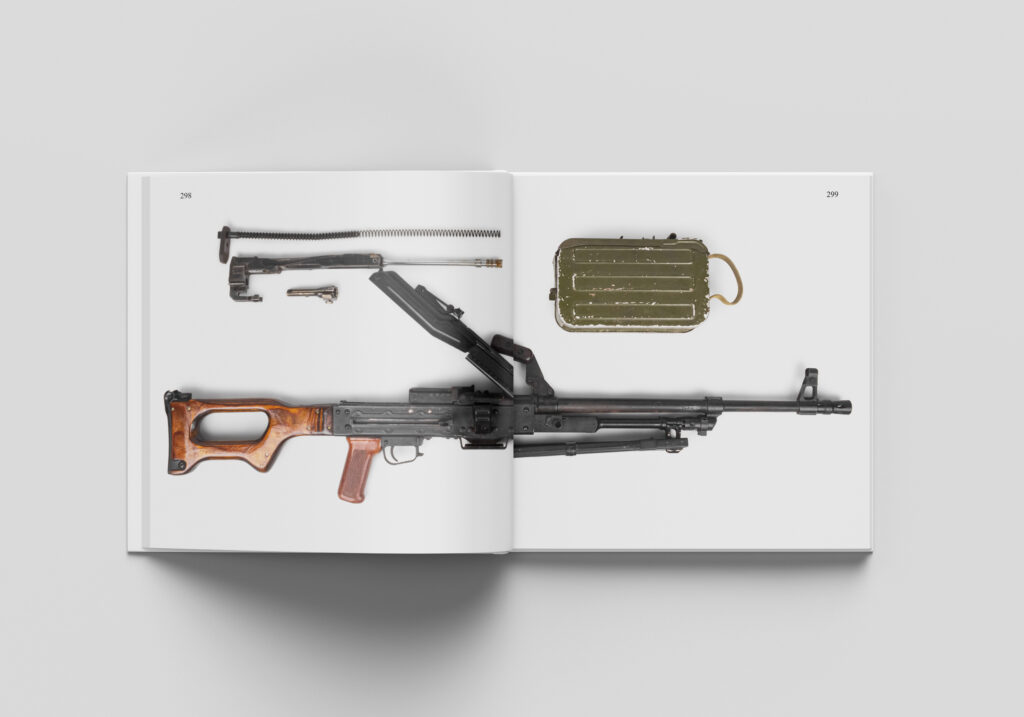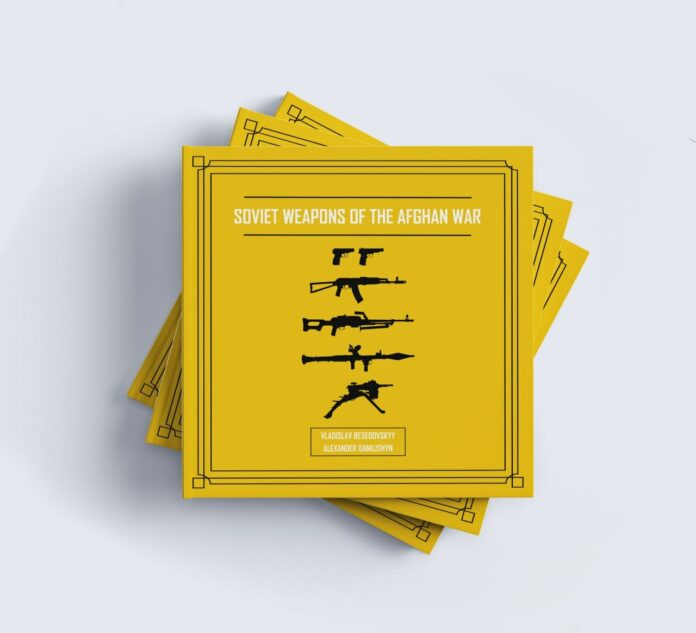Soviet Weapons was always a big topic in the gun community. The Soviet invasion to Afghanistan turned out to be a 10 year long conflict, which generated a big group of followers in the recent years. Our publishing company – Safar Publishing has prepared a new manuscript, which covers the whole range of arms used by the Soviet Forces

The brief description of The Soviet Weapons of the Afghan War
This new series of books by Safar Publishing takes a close look at the Soviet Union’s arsenals, beginning with The Soviet Infantry Weapons of the Afghan War.
In the 1980s, the Soviet Army fought its last colonial war, and this book covers most of the weaponry they used. Although weapons are the main focus of the book, its scope goes beyond typical AK-74 rifles, as one would expect from a work of that kind. This magazine covers a broad variety of armament, including heavy machine guns, grenade launchers, and handguns provided to Soviet commanders.

Unlike other popular books in the same vein, this one focuses less on the technical details of the weapons and more on how they were used in battle. A great deal of time and energy was invested into researching this book by reading memoirs and talking to soldiers.
Paragraphs in Soviet Weapons of the Afghan War
Included under Soviet Infantry Weapons during the Afghan War are the following types of weaponry:
- Weapons of war
- Assault weaponry
- Rifles that fire automatically
- Weapons for Machine Defense
- Rifle launchers
- Arms of war
Printed in full color on photo-grade paper, the document is embellished with high-quality images and has an exquisite modern shape.

Soviet Infantry Weapons of the Afghan War is a must-have resource for anybody interested in the Soviet Army or the Soviet Intervention in Afghanistan.
There are more than 500 pages in the book.
Why Soviet Weapons matter in the bigger picture?
Several factors contribute to the historical, geopolitical, and technological significance of Soviet weapons:
The influence and innovation of the Soviet military were evident in its armaments, especially during the Cold War era, which embodied state-of-the-art military technology. From the AK-47 and other small guns to tanks and sophisticated missile systems, the Soviet military-industrial complex manufactured it all. These advancements shaped the way wars were fought and how other nations’ militaries developed their weaponry on a worldwide scale.
Influence on International Relations and Global Politics: The Soviet Union’s atomic arsenal had a pivotal effect in molding world politics and international relations over the majority of the twentieth century. There were major ramifications for regional stability and global security when the Soviet Union supplied weaponry to ally nations, client governments, and rebel organizations during proxy wars.
Background: Soviet weaponry represents the Cold War era’s ideological and geopolitical conflicts. The arms race, in which the US and the USSR engaged, caused both countries to rapidly develop their military capabilities. Gaining a grasp of the Soviet Union’s weapon development and deployment processes sheds light on this critical era.
Soviet weaponry has become a cultural and symbolic emblem, standing for the industrial and military strength of the Soviet Union. One of the most iconic weapons in the world, the AK-47 has become almost mythological as a representation of defiance, uprising, and violence. The enduring presence of Soviet weaponry in literature, popular culture, and the media only serves to solidify their position in the collective mind on a worldwide scale.
Legacy and Ongoing Use: Numerous weapons developed during the Soviet era are still in use in different regions of the globe today, even though the Soviet Union collapsed in 1991. This encompasses not just nations who were once part of the Soviet Union, but also those that purchased or otherwise obtained weaponry from the Soviet Union, whether via armaments exports or captures. In order to evaluate modern security threats and conflicts, it is crucial to comprehend the impact of Soviet weaponry.
Overall, Soviet weapons are significant because they reflect a web of influences that extends well beyond the battlefield and into the realms of politics, philosophy, and technological advancement.
The Soviet weapons which were used by the infantry and airborne forces during the conflict in Afghanistan are exactly the same ones which were used by the rest of the Soviet Army. Moreover, the absolute majority of these weapons is still used today – and not just by the third world countries, but by the actual creators of the arsenal – post war countries. Weapons like PM, AKS-74 and RPG-7 are still in major use and it looks like they are here to stay for at least another decade or more.
So, if you are into this kind of information and always wanted to have a well made book with beautiful photography – you are in for a threat!













